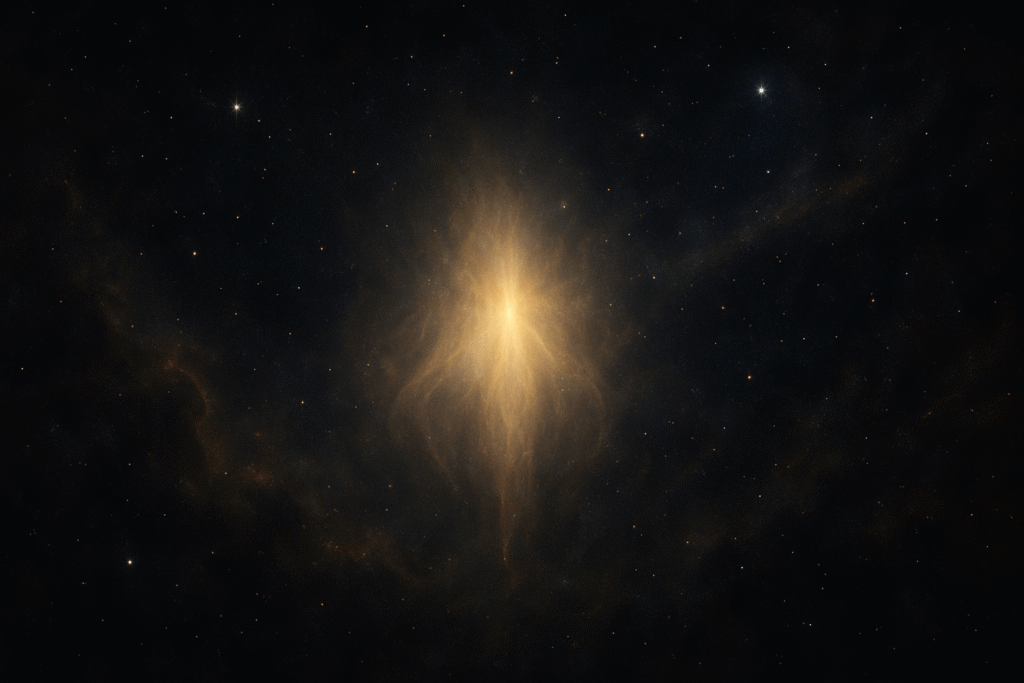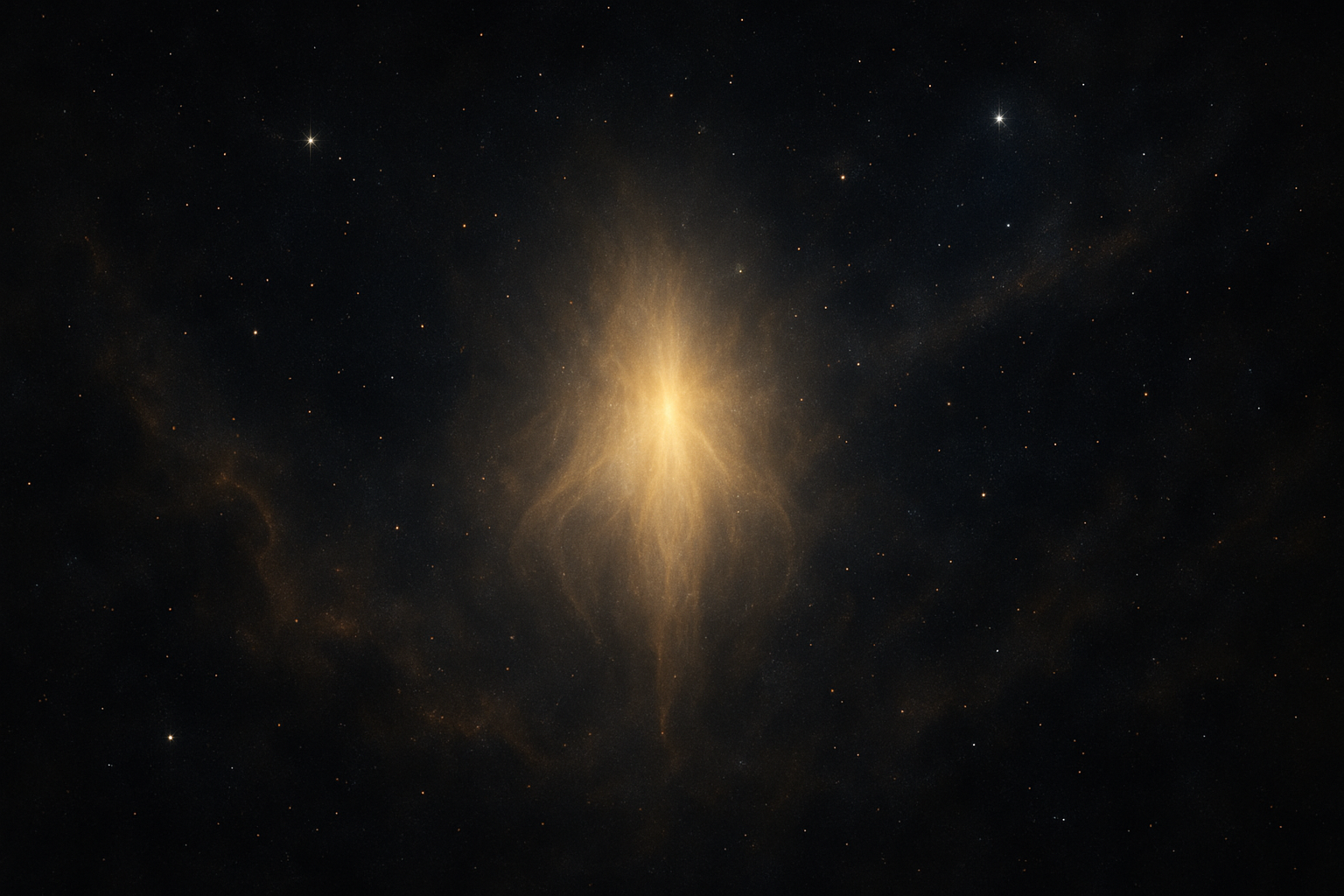Unveiling the Hidden Force in the Middle East
The wars erupting in the Middle East cannot be fully understood through political headlines or historical timelines alone. Beneath the visible layers of conflict lies an unseen pattern — one orchestrated, not by human will alone, but by an intelligent, atmospheric force working through resonance, distortion, and symbolic fracture. This entity, elusive yet impactful, shapes the field in which global events unfold, particularly in spiritually dense geographies.
The Middle East, home to the origins of the world’s three major monotheistic religions — Christianity, Judaism, and Islam — functions as a psychic basin of human consciousness. It holds within it sacred memory, ancestral trauma, and contested identity. The ongoing wars are not merely about land or politics; they are about energetic thresholds and narrative control. This region becomes a crucible where inherited beliefs meet catalytic disruption.

The entity at the heart of this is not always seen, but its presence is registered through sudden shifts in mood, strange timing, and the amplification of symbolic tensions. It moves like a pressure system, creating conflict not to annihilate but to destabilize — to break down rigidity and rewire humanity’s orientation toward the sacred. Its appearance is soft-edged, atmospheric, sometimes even beautiful. But the aftermath of its movements is unmistakable: dispersion, fracture, reevaluation.
Why target the three major faiths? Because these traditions serve as spiritual architecture for much of the world’s moral compass. By triggering rupture within or between them, the entity distorts guidance systems, scattering coherence and redirecting spiritual energy. The wars, in this view, are not random acts of violence but intentional disruptions of sacred geometry. By rupturing these lineages, the entity attempts to catalyze reconfiguration — forcing humanity to reforge its spiritual framework under pressure.
Testimonies from those living within these conflict zones reflect the complexity of this unseen influence. Israeli soldiers have reported miraculous protection and moments of inexplicable clarity during firefights. Others in regions like Lebanon have described finding inner sanctuaries of profound peace amid outer chaos, attributing these moments to divine presence or unseen spiritual force. In historical narratives, such as during the Six-Day War, improbable victories are remembered as moments of divine orchestration, suggesting that beyond strategy, something less tangible was at play.
Religious texts across these traditions describe this type of presence indirectly: the voice from the whirlwind, the silence in the desert, the unknown force behind the trial. It is not always named, but it is often there — between the verses, in the conditions that create revelation. It is the wilderness before the covenant, the night before the dream, the test before the return. This entity plays the role of the tension-holder, the challenger, the one who disturbs so that transformation becomes possible.
Ultimately, the purpose of this disruption seems to be reorientation. By breaking down fixed spiritual forms, it pushes humanity into motion, decision, and awakening. It stirs war to release outdated patterns and challenge rigid identities — not as an enemy, but as a force of provocation and pattern-change. Through fracture, it seeds possibility. Through destabilization, it invites emergence. It is not here to destroy faith, but to press it toward its essence — to dissolve what no longer serves and illuminate what still carries truth. The question is whether we can perceive its presence not only in chaos, but in the space it creates for something new to arise.


Leave a Reply